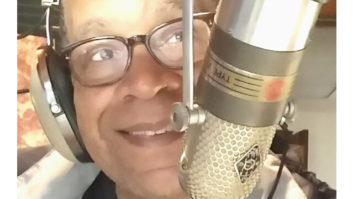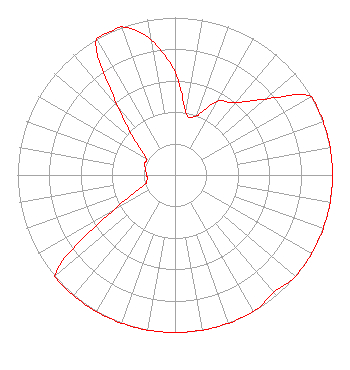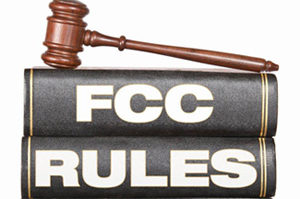The author is owner of WGTO(AM) and W246DV(FM), South Bend. Ind. He has been in radio since 1965. His commentaries on radio issues such as those facing AM owners are a recurring feature. You can reach him at [email protected]. Read his past articles by searching for “Langford.”

The job of a consulting engineer is to do everything possible to maximize the facilities of a client within the constraints of FCC regulations, the laws of physics and the budget of the applicant.
In the case of a full-power FM that needs a directional antenna system, the FCC demands strict conditions before the License to Cover application is granted. These include detailed paperwork from the applicant showing that the antenna was designed by a reputable manufacturer using a test range with full-size or modeled antennas that take into account the tower design, other antennas mounted to the tower, cables, conduits and anything else that could cause pattern distortion. The commission wants to see sketches, notes, and test results from the maker of the antenna.
[Read: Chicago Translator Concerns]
They further require you to use a licensed surveyor to certify that the antenna was mounted at the correct azimuth as called for by the manufacturer and, lastly, the commission requires an affidavit from a qualified engineer that everything was done by the book and the resulting pattern is good based on a proof of performance. All this can be required of the simplest of directional systems for full power FMs
With consultants now being asked to shoe-horn translators into the tightest of places, we are seeing some rather curious antenna patterns in FX applications. Some stretch physics to the absolute limit!
Again, understand, just because the consultant can specify a complex contour, one that requires a composite antenna design, it does not mean that the antenna company can make it happen for less than a king’s ransom. What is shocking is that for translator directionals, the FCC demands only a checkbox that promises that the antenna meets the required contours as shown in the CP. Talk about faith and trust. I will admit that for some “off the shelf” directionals and omnidirectional antennas that are side-mounted with a predictable pattern, just the antenna sheet and a promise that it was put up pointing the correct direction is probably enough.
But let’s take the case of the antenna pattern granted on a Chicago translator that is a real head scratcher!

Figure 1 shows a pattern that is obviously protecting more than three co-channel translators and full power FM stations. These pretzel patterns are becoming more and more common in metro areas where FX openings are tight. In this case the CP application specifies a two-bay “penetrator” style antenna with parasitic elements to get this very complex and nonsymmetrical pattern in both the horizontal and vertical planes.
If this pattern can be done with this type antenna it would take a lot of range testing and a big box of parasitics installed with great precision and care to pull it off.
The price tag for that would be in the thousands. I have seen more than a few installations that demand such complex antennas that are simply built with an omnidirectional and no attempt to follow the one-of-a-kind design in the application. The temptation to cheat here is just too great and the results are a mess when there is an interference complaint and the commission relies on these sometimes fantasy patterns to be accurate.
I cannot blame the consultants, they just show what needs to be done. And often the person signing the License to Cover application is simply one of the owners just checking the box with no idea as to what pattern they really have. There are other cases where the commission is just plain wrong via its own mistakes on issuing a license. I know of a Chicago area translator with a detailed application on how the system would take care of second adjacency interference by using a multibay antenna to attenuate downward signal. The details were part of a waiver request. But when they put in the License to Cover application they specified a single-bay omni. And guess what? The commission granted the license anyway. Obviously this one slipped through the cracks.
With AM it’s pretty easy to check on a directional antenna system, just drag out the Potomac and find the monitor points. But trying to do a field proof on a 250 W translator DA with a meter to check on an installation after the fact will drive you crazy and tell you very little.
The FCC must tighten up regulations to make sure these exotic patterns drawn to get a CP are in fact built to get the License to Cover.
Since the commission requires detailed proof that a directional was actually built and installed correctly for a commercial FM, why not at least some documentation that shows that a composite directional FX antenna for the requested CP was actually built and tested on a range with proper proof of performance?
The commission would never accept the “word” of an AM operator that his multitower array was good without paperwork, so why allow translators to be put in with these very difficult patterns on just a wink and a promise that there is no cheating? While some old and outdated rules are being tossed out, here is one that needs to be revised for more not less paperwork.
Radio World invites industry-oriented commentaries and responses. Send to Radio World.










